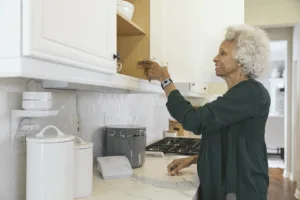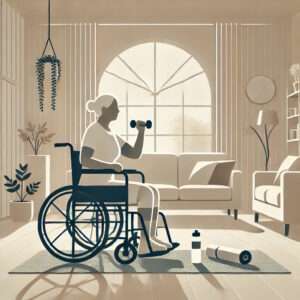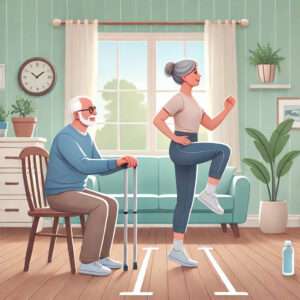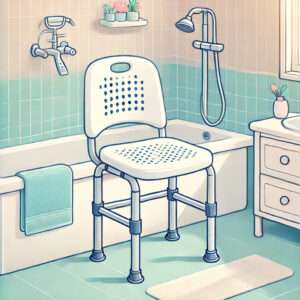If you want to help a senior obtain useful tools they can use around the house, there are several steps you can take to ensure they get the most out of these aids.
Step-by-Step Guide to Helping Seniors Obtain Useful Tools
- Assess Their Needs:
- Talk with the senior and their healthcare provider to understand their specific physical and cognitive challenges.
- Identify the tools that will be most beneficial based on these discussions.
- Research Tools:
- Look into the various tools available that can help with their specific needs.
- Focus on finding tools that are not only useful but also easy for them to use.
- Acquisition of Tools:
- Purchase the tools, arrange for delivery, or accompany the senior to a store to get them.
- Ensure the tools are set up and ready for use.
- Provide Instructions:
- Offer clear, simple instructions on how to use the tools.
- Demonstrate the benefits and proper use to ensure understanding.
- Encourage Regular Use:
- Motivate the senior to use the tools regularly.
- Ask for feedback to see if the tools are effective and make any necessary adjustments.
By following these steps, you can significantly enhance a senior’s independence and improve their quality of life.
Helpful Tools for Seniors
- Mobility Aids: Depending on their mobility level, seniors may benefit from canes, walkers, or wheelchairs to help them move around safely.
- Medication Organizers: These can help seniors keep track of their medication schedules, ensuring they take the right doses at the right times.
- Personal Emergency Response Systems: Devices like pendants or bracelets that can detect falls and call for help in emergencies.
- Magnifying Glasses or Devices: Assist seniors with visual impairments in reading small print or seeing details more clearly.
- Hearing Aids: Improve hearing for seniors with hearing loss, making conversations and sounds more accessible.
- Voice-Activated Devices: Smart speakers like Amazon Echo or Google Home can help seniors control other devices, set reminders, and access information using their voice.
- Comfortable and Supportive Shoes: Proper footwear is crucial for maintaining balance and preventing falls.
- Grip and Reach Tools: These tools help seniors with limited mobility reach and grasp objects that are hard to access.
- Bath Safety Aids: Non-slip bathmats, shower chairs, and grab bars can reduce the risk of falls in the bathroom.
- Smartphones or Tablets: Keep seniors connected with loved ones, provide access to information, and offer entertainment through games and reading.
By thoughtfully selecting and providing these tools, you can make a meaningful difference in a senior’s daily life.
















